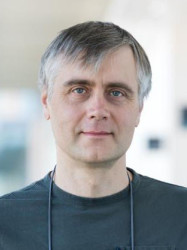BibTex format
@article{Cook:2020:10.1126/science.aay4919,
author = {Cook, NJ and Li, W and Berta, D and Badaoui, M and Ballandras-Colas, A and Nans, A and Kotecha, A and Rosta, E and Engelman, AN and Cherepanov, P},
doi = {10.1126/science.aay4919},
journal = {Science},
pages = {806--810},
title = {Structural basis of second-generation HIV integrase inhibitor action and viral resistance},
url = {http://dx.doi.org/10.1126/science.aay4919},
volume = {367},
year = {2020}
}

